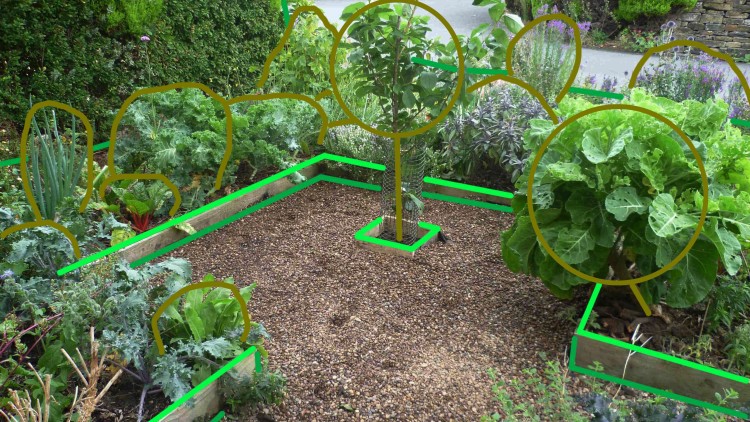
How to map out your own wildlife-friendly food forest
What you will learn
Define what a forest garden is and why it’s so important to work with nature
Understand the importance of planning in the creation of a forest garden
Identify the key elements in surveying a plot for a forest garden
Complete a basic map of the plot, using either paper or free CAD software
Description
Using forest garden techniques, you transform your backyard into a lush food forest, working with nature to grow edible crops whilst creating a wildlife haven.
In this course, we cover:
- Food forest garden definition
- Reasons to plan
- Free PDF plan checklist
- How to create a map
- Bonus design tips
In this short course, we will look at what a forest garden is and why it’s so important to work with nature when growing edible crops, both for your garden and the wider landscape. The key characteristics of a forest garden are:
- Sustainable — self-contained yet connected to wider landscape
- Productive — edible, useful crops
- Wildlife friendly — working with nature, by design
- Layers — efficient use of available space
- Perennial — lower maintenance, higher nutrition
We cover the importance of planning, and the key things to consider when surveying your land. Inlcuded is a handy PDF checklist to download. The key areas are:
- Position — orientation, elevation & slope
- The elements — water, soil, wind, sun & climate
- Features — existing ecosystems, structures, utilities & access
- Situation — neighbours & privacy
Then we go through the process of creating a map, both a paper one and a CAD map based on a satellite photo, and different measuring techniques. We use QCAD software for the CAD map.
Finally, there are some bonus design tips.
Forest gardening is a sustainable, resilient and low-maintenance way of gardening. It emulates a woodland edge by using layers of perennial plants, with a permanent living ground cover.
Content